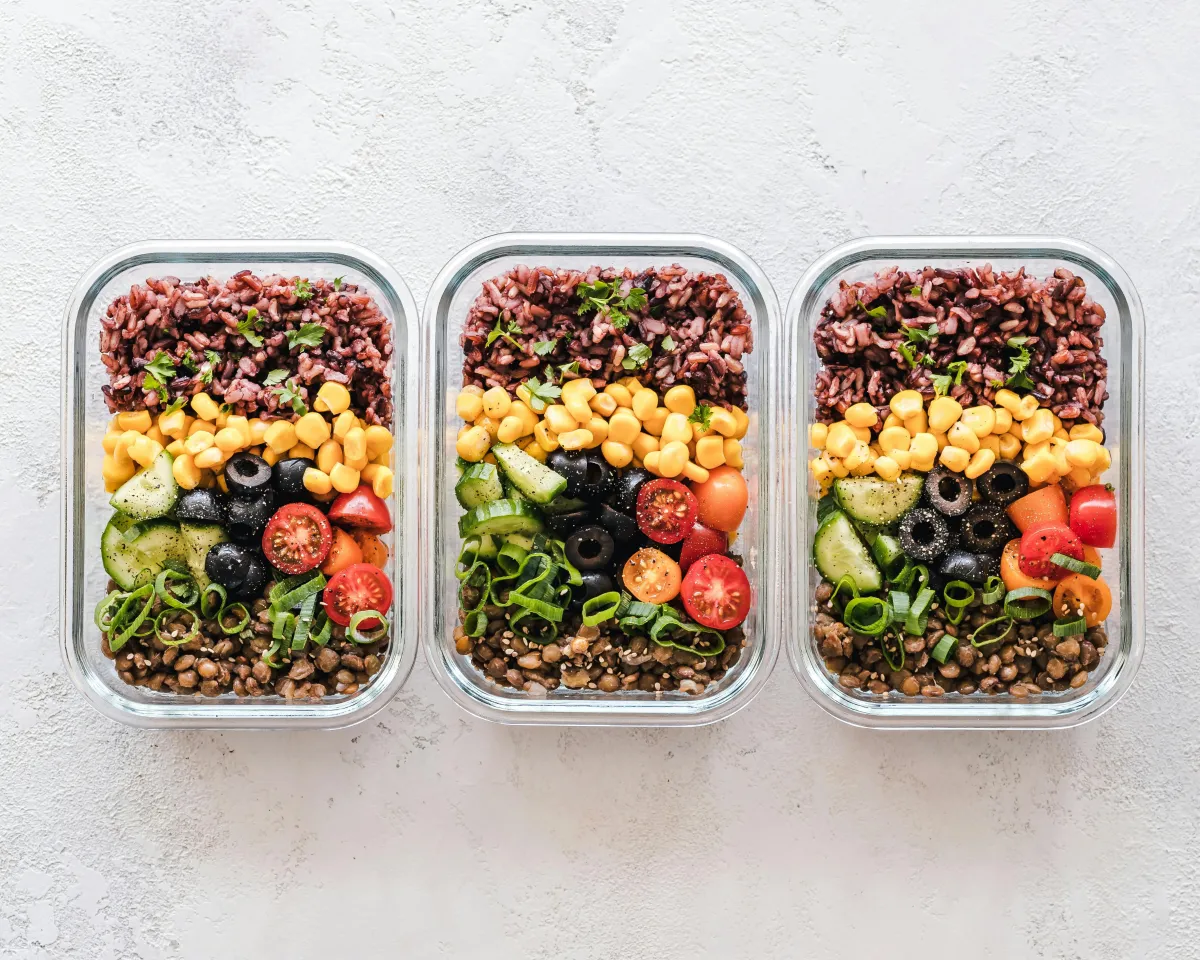OUR LATEST POSTS

Healthy Living on a Budget: Tips to Save Without Sacrificing Wellness
Living a healthy lifestyle doesn’t have to be expensive. Many people assume that eating nutritious meals, staying active, and practicing self-care all require a big budget — but the truth is, you can live well without overspending.
Healthy living is about making intentional choices, not costly ones. With some creativity and planning, you can nourish your body, support your mental health, and maintain an active lifestyle — all while keeping your finances in check.
Here’s how to make wellness a priority even when money is tight.
🥗 1. Rethink “Healthy” — It Doesn’t Have to Be Fancy
You don’t need organic smoothies or gourmet salads to be healthy. True wellness starts with simplicity. Whole, minimally processed foods — like rice, vegetables, eggs, beans, and fruits — are affordable and packed with nutrients.
Instead of focusing on expensive “superfoods,” look for local and seasonal options. A banana, sweet potato, or malunggay can be just as nutritious (and much cheaper) than imported kale or chia seeds.
Tip: Visit your local wet market instead of large grocery chains. You’ll find fresh produce for a fraction of the price.
🛒 2. Plan Your Meals and Shop Smart
One of the biggest money-drainers is impulse buying and food waste. Planning ahead can save you both time and money.
Here’s how to start:
Create a weekly meal plan. Write down what you’ll eat for breakfast, lunch, and dinner.
Make a grocery list. Stick to it to avoid overspending.
Buy in bulk. Non-perishables like rice, oats, or canned goods are cheaper when bought in larger quantities.
Cook in batches. Prepare meals for several days — this saves time, prevents takeout temptations, and reduces waste.
When you plan, you’re not just saving money — you’re also eating more intentionally and avoiding last-minute unhealthy choices.
🥦 3. Cook More, Eat Out Less
Dining out, even at “healthy” restaurants, can quickly eat up your budget. Home-cooked meals give you control over ingredients and portion sizes — plus, they cost significantly less.
If you don’t have much time, choose simple recipes with minimal ingredients. Think vegetable stir-fries, soups, or one-pan dishes.
Bonus Tip: Try “Meatless Mondays.” Replacing meat with beans or tofu once or twice a week reduces costs and boosts your fiber intake — great for both your wallet and your body.
🚶♀️ 4. Move Your Body Without Paying for a Gym
You don’t need an expensive gym membership to stay active. Fitness is free when you get creative.
Here are budget-friendly ways to stay fit:
Go for walks, jogs, or bike rides around your neighborhood.
Use YouTube workouts or free fitness apps for yoga, pilates, or HIIT sessions.
Turn household chores into exercise — cleaning, gardening, or dancing count too!
Look for free community fitness programs or group classes at your local park.
Remember, consistency matters more than fancy equipment. The best workout is the one you’ll actually do.
💧 5. Prioritize Hydration Over Sugary Drinks
Staying hydrated is one of the simplest and cheapest ways to improve your health. Water boosts energy, aids digestion, and helps your body function properly — all without costing much.
Skip sodas, bottled teas, and fancy coffees that drain your wallet and add unnecessary sugar. Carry a refillable water bottle instead. It’s a small investment that saves money and reduces waste in the long run.
🧘♀️ 6. Practice Mindful Self-Care — It Doesn’t Have to Cost a Thing
Self-care isn’t about spa days or expensive skincare. It’s about doing small things daily that help you feel balanced and calm.
Here are low-cost (or free) ways to care for yourself:
Take a quiet walk in nature.
Journal your thoughts and gratitude.
Meditate or do deep breathing exercises.
Enjoy a digital detox — put your phone down for an hour each day.
Get enough sleep — it’s the most underrated (and free) wellness tool!
Wellness isn’t about luxury — it’s about intentional living. Focus on habits that recharge you from the inside out.
🧾 7. Track Your Spending and Health Habits
If you want to live healthy on a budget, you need awareness — both financial and physical.
Start a wellness and spending tracker to monitor:
Where your money goes each month
How often you eat out
Your water intake, sleep, and exercise habits
Tracking helps you identify patterns and make adjustments. You’ll notice where you can cut back and where small investments (like buying good shoes or fresh produce) make a real difference.
🏡 8. Grow Your Own Food (If You Can)
If you have a small outdoor space or balcony, try growing simple plants like herbs, tomatoes, or leafy greens. Gardening is a great stress reliever, and homegrown produce saves money.
Even a few pots on a windowsill can make a difference — imagine picking fresh basil or mint without spending a peso at the store!
🧠 9. Focus on Preventive Health
Staying healthy today prevents expensive medical bills later. Small habits — like exercising, eating well, and managing stress — can save you thousands in future healthcare costs.
Schedule regular check-ups if possible, and don’t ignore warning signs from your body. Prevention is always cheaper than cure.
💵 10. Reevaluate What Wellness Means to You
It’s easy to get caught up in social media images of “perfect wellness” — fancy supplements, high-end fitness gear, or trendy diets. But real wellness isn’t about products.
It’s about feeling good, having energy, and living in alignment with your values. When you focus on simplicity, balance, and sustainability, you’ll find that being healthy is not just affordable — it’s empowering.
🌞 Wellness Is a Lifestyle, Not a Luxury
Living healthy on a budget isn’t about deprivation — it’s about intention and creativity. By planning your meals, cooking at home, moving daily, and practicing mindfulness, you can save money and feel your best.
You don’t need expensive tools to live well. You just need consistent habits and a positive mindset.
Remember:
A healthy lifestyle doesn’t start in your wallet — it starts with your choices.
Small, consistent steps add up to big changes over time. Prioritize your well-being, stay mindful of your spending, and you’ll find that financial health and physical health go hand in hand. 🌱
One or more of the links above are affiliate links, meaning, at no additional cost to you, we will earn a slight commission if you click through and make a purchase. Each of these products is chosen by a trusted member of our team.

